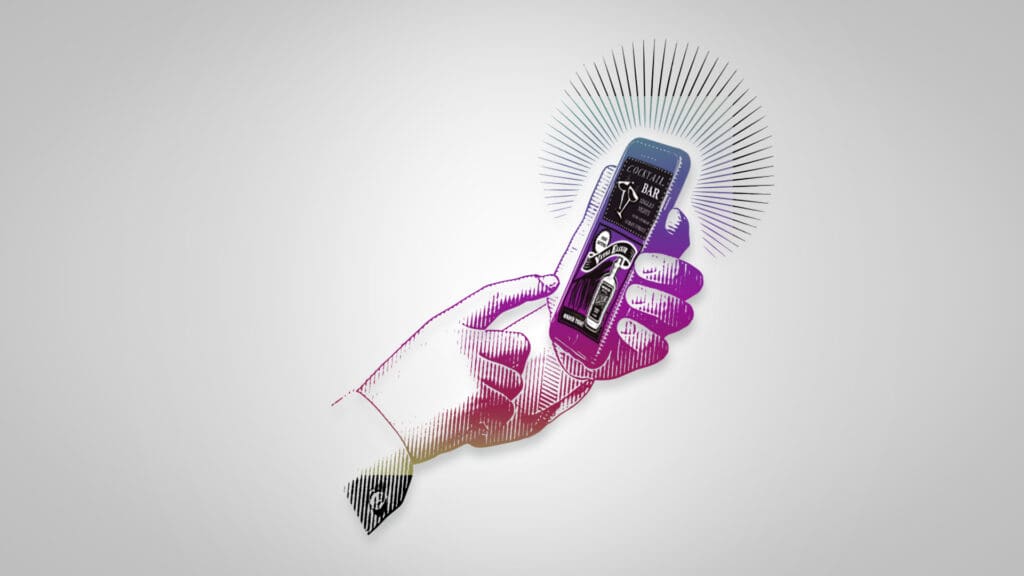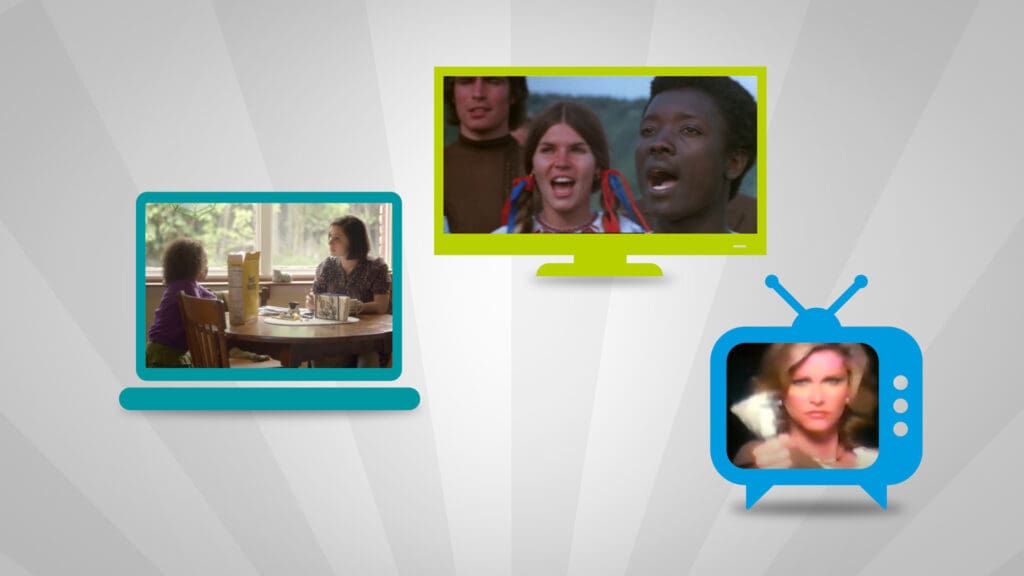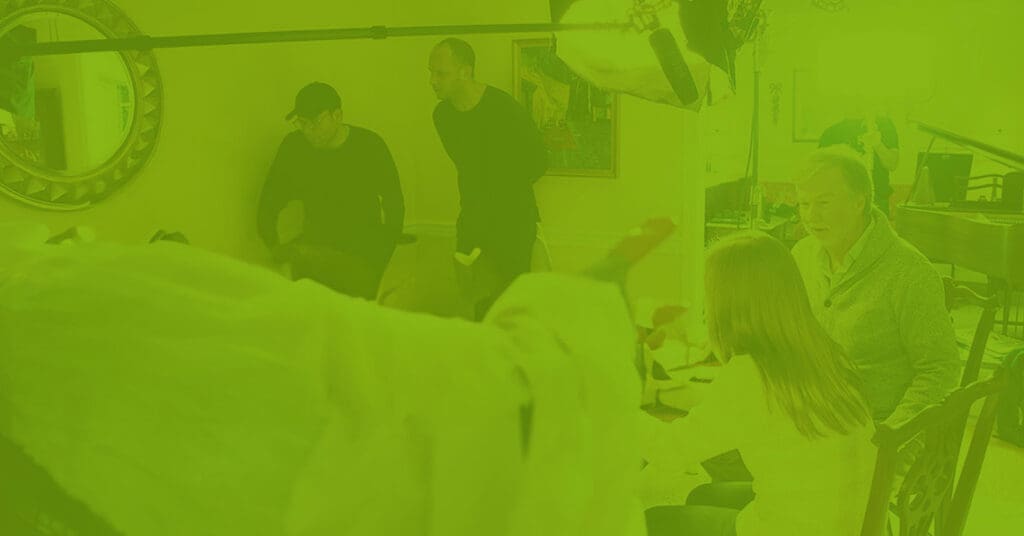
CGI Advertising: It’s Not Just for Spaceships and Dinosaurs Anymore
In 1972, advances in and increased access to computer processing spawned the first experiments in what would come to be known as computer-generated imagery (CGI). That year, the future founder of Pixar, Ed Catmull, created the first known 3D CGI film. Simultaneously, Hollywood writer/director Michael Crichton’s engineers pioneered the first use of CGI in a commercial film when they created the original West World using technology pioneered by the NASA Jet Propulsion Lab. Back then, Crichton’s team took eight hours to computer render just ten seconds of grainy pixelated footage, something that would take seconds today.
Over time, computers and programs for creating CGI animation have grown more sophisticated. The images they produce are infinitely more dazzling. With CGI driving creative in video games, film, and music videos, it was only a matter of time before brands began to use it in commercials to take those to the next level as well. As CGI approaches its 50th anniversary, high-end CGI has produced some of the most memorable, entertaining, and eye-catching video commercials, like Kia’s popular Soul Hamster ads.
Dropping Technology Costs and Faster Production
Today, many businesses, including small ones, can now afford video and CGI production thanks to dropping technology costs and faster production methods, making these tools no longer exclusive to Super Bowl ads. Video consumption in the U.S. has skyrocketed thanks to COVID-19, so cheaper production costs may be worth considering.
In today’s Plain Talk article, we’ll talk about why you may want to consider how CGI advertising fits into your digital marketing strategy. We’ll help you decide whether it’s a viable option for your e-commerce, B2C, or B2B content production needs.
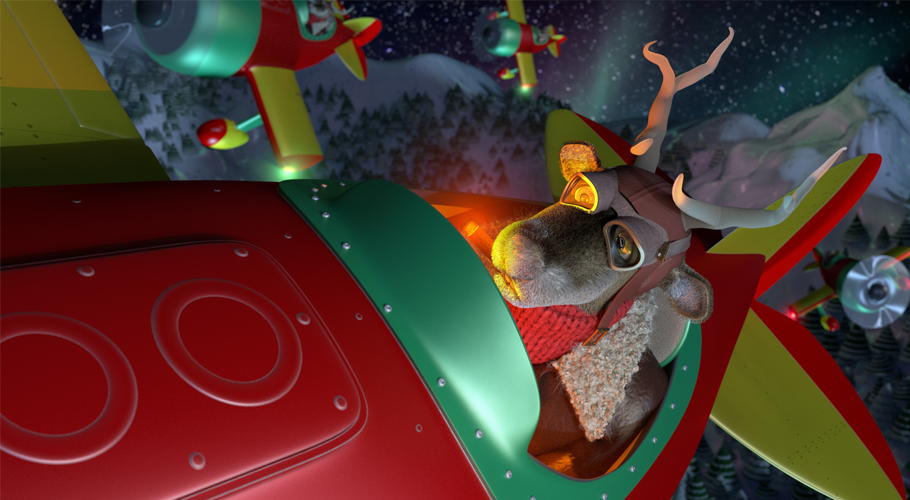
The Practical Stuff
In years past, brands often opted to create live-action videos for their production needs for reasons that are less practical today. So why might you choose CGI advertising today for your online marketing?
Safety and convenience
When thinking about making a video today, one of your first considerations is going to be logistics. Shooting locations, masks, bubbles, travel, talent and crew safety, permits, craft services and so on have all become extra challenging and time-consuming for production companies when doing photo shoots or video shoots.
The Multiverse?
CGI creates an alternate universe where your talent can interact from the safety of a remote sound booth. In this universe, you control the weather, time of day, lighting, temperature, how crowded a street or building is, the hair color of your talent, virtually everything.
Creative flexibility
The other obvious practical rationale for CGI is that in that universe you create, you can support virtually any concept. Need your actors to be in the future? No problem. Need them to fly? Melt on a hot day? Age on the spot? You get the point. CGI also offers you the opportunity to get virtually any shot of your subject. Shot angles previously impossible are now easy. For example, Red Bull used CGI for their famous Stratos space skydiving stunt for this reason.

Beyond Video
But let’s say that making a 30-second video spot for your marketing campaign isn’t your objective. What other things does CGI advertising do well that can also help you grow your business?
Product visualization
Product and packaging imagery reap multiple benefits from being created digitally. Photo-realistic images can be created for future products that still only exist as engineering CAD data or a dream. Packaging variants and colorways can be explored cheaply and quickly. Idealized hyper-clean surfaces and materials so often desired for beauty shots are baked into the 3D process.
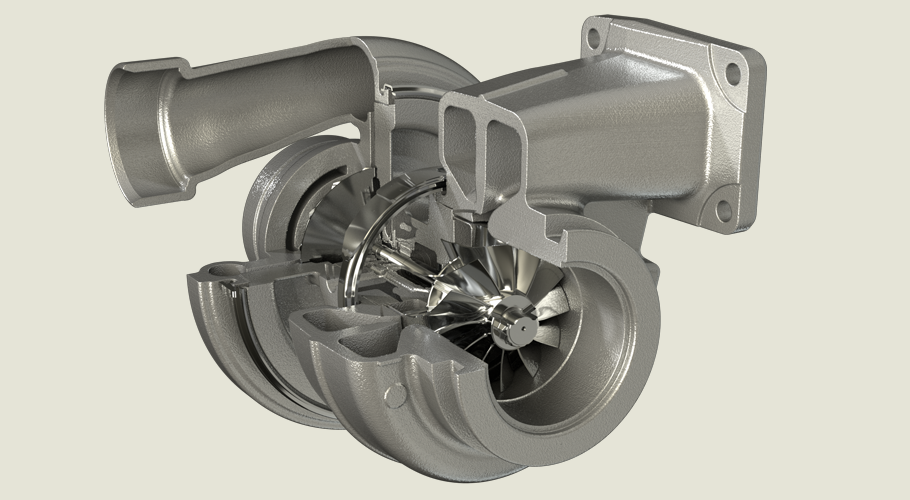
Time travel
Well, not exactly. However, when you create product shots as CGI, it gives a business the ability to freeze a “photo” shoot in time. So, if you create a great brand ad but, over time, your product packaging changes, you can update your old ad with a new product seamlessly. Marketers armed with CG imagery will also no longer face the messy challenge of presenting product lineups where each item is from a different perspective or opposing light source.
Illustrating the technical
When your business has a complex product or process that customers may need help understanding, digital imagery—especially animation—can be incredibly useful. CGI lets the viewer look into products in ways that would be difficult or impossible to do with photography. Ways that go beyond graphic design. You can also use it to visualize the invisible, the tiny, or the abstract. Animation can reveal the relationships between parts, products, or ideas that would otherwise be obfuscated. For example, if you need to demonstrate a 2,000-pound truck engine or some other bulky technology from every possible angle, CGI is an ideal and affordable option.
No-travel location shots
PriceWeber has trekked all over to help clients get video and photography of their people and products in unique locations. When possible, we are increasingly recommending CGI to replace these shots. 3D CGI shouldn’t be seen only as an alternative for photography, as the two disciplines complement and augment one another. By pairing 3D models built from CAD data and photography (stock or purpose shot), large industrial or transportation products can be rendered in locations or environments where shipping to the site would be cost and time prohibitive. Further, these 3D/photography blends reduce or eliminate the costs associated with the crew, equipment and transportation needed to support a location shoot. Finally, they provide a safe, socially distant solution to obtaining imagery in person during the COVID-19 pandemic when healthcare concerns were top of mind for so many.
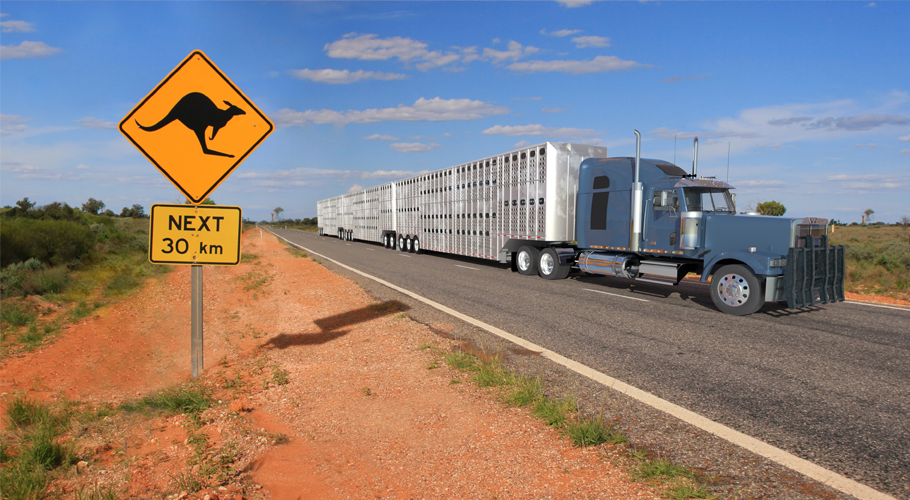

Managing Costs
While all of the above are great reasons to consider CGI, we understand that budget and value have to be part of your considerations. There are, after all, situations where traditional photography or video make the best solutions. Surprisingly to many, CGI is often the cheaper alternative. So, how do you keep costs in check while still providing innovative ideas and high-quality user experiences?
Options
We think one of the best ways to manage costs is to not back yourself into a corner. Instead, we suggest that you consider concepts of variable complexity. If your concept turns out to be outside of your available budget, go with plan B.
Detailed estimates
When considering production options like CGI, make sure you are considering apples-to-apples production costs vs traditional options. When making your cost comparison, consider crew and equipment costs but also travel, shoot insurance, food or per diem costs, and don’t forget to include opportunity costs like weather delays or sick talent.
Don’t scrimp
Whether doing a traditional or CG production, consider what other “bells and whistles” beyond special effects you can get with your production. If you are shooting video, can you also squeeze in social media content to the shoot? Product imagery, etc.? Often the difference in affordability and good budget management are the add-ons you can include for an efficient production.
Avoid the BS
I’m pretty sure there will be some production companies and agencies that will hate that we are making this suggestion, but in absolute candor, some production people are full of baloney. The biggest risk to your budget is getting sucked into paying for the latest, greatest, sexy, new technology or toy. Production companies will often upsell clients on the need for a new form of camera, editing software, light or sound kit that offers extremely limited or even no additional production value but substantial cost.
For example, some production companies may want you to do your post-production (editing) in a program called Davinci Resolve 16. This program is amazing, even revolutionary, but in reality, many of the functions it offers are not required for a typical commercial video. Plus, a Davinci editor can cost up to four times as much as an experienced editor working on more common programs like Final Cut Pro or Avid Media Composer. When making decisions on production costs, ask questions, and don’t be afraid to google equipment and programs to ensure you are getting the right quality and cost for your needs.
Get Expert Help With CGI Advertising
Now that you are armed with useful information to embark on a production project, you may like to establish a partnership. If you have any questions or just need ideas for how to make your project deliver on your business goals, we’d love to be that partner. PriceWeber has seasoned 3D/2D digital artists with deep experience telling powerful stories for our clients through advertising, design, and other visual communications. Our holistic approach to our clients’ needs allows seamless collaboration to bring their messages to life. Please check out our CGI sampler reel here. Give us a call at 502-499-4209 or contact us here.
Our Articles Delivered
Signup to receive our latest articles right in your inbox.
